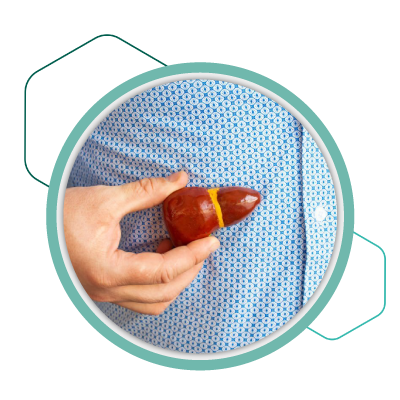Gastroscopy
Gastroscopy, also known as upper endoscopy, is the examination of the upper digestive tract with a thin flexible tube (endoscope). Gastroscopy is typically used to examine symptoms such as indigestion, nausea, or difficulty swallowing. It can detect inflammation, ulcers, polyps, and other growths. It is sometimes used to treat diseases such as bleeding ulcers, to enlarge a small oesophagus (a procedure called dilatation), or to remove a foreign body.
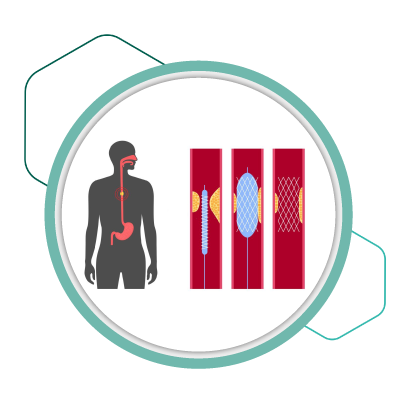
Colonoscopy
A colonoscopy is a procedure that involves examining the bowels with a colonoscope, which is a thin, flexible tube attached with a light and camera. It can help in the detection of conditions such as colorectal cancer, polyps, and ulcers. During a colonoscopy, the doctor may also collect tissue samples for biopsy or remove abnormal tissue, such as polyps.
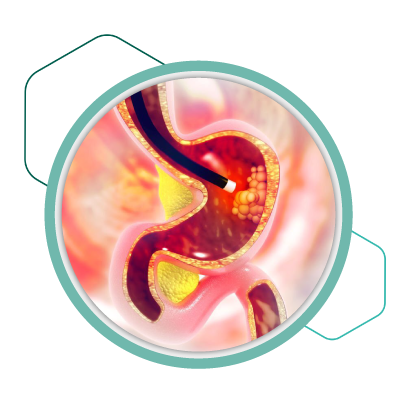
Variceal banding
Variceal banding is a type of endoscopic procedure. An example of an endoscopic procedure is variceal banding. Using a lighted endoscope, our doctor will place an elastic band over the leaking esophageal vein. Banding the vein will stop blood flow through it. The banded tissue grows into a small ulceration that heals quickly after a few days or weeks.
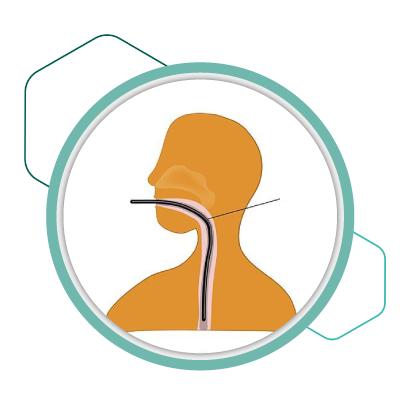
Sclerotherapy
Sclerotherapy is a minimally invasive surgery used to treat abnormal or enlarged blood vessels, typically varicose veins. During the procedure, a specific solution will be injected directly into the vessel, allowing it to collapse and redirect the blood to healthy veins. The collapsed vein will be absorbed by the body gradually.
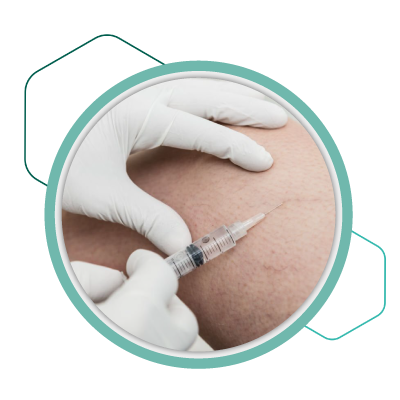
Oesophageal Dilation
It is a procedure in which the doctor dilates, or stretches, a narrow portion of the oesophagus. The procedure may be performed as part of a sedated endoscopy by the specialist.

ERCP / Stenting
Endoscopic retrograde cholangio pancreatography (ERCP) is a procedure used to identify and treat problems with the liver, gallbladder, bile ducts, and pancreas. Stents are inserted into the bile or pancreatic ducts to avoid strictures, or narrowed portions of the duct. In order to restore normal drainage, a plastic stent can be inserted through the ERCP scope into a blocked duct.
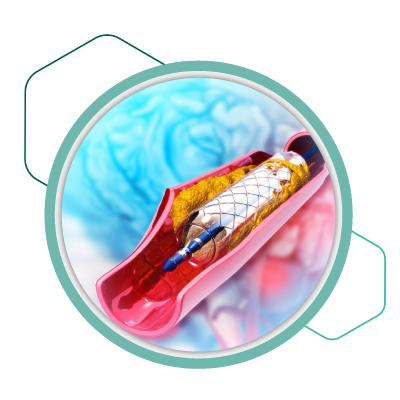
Oesophageal Dilation
It is a procedure in which the doctor dilates, or stretches, a narrow portion of the oesophagus. The procedure may be performed as part of a sedated endoscopy by the specialist.

PEG Tube Insertion
A flexible feeding tube is inserted into the stomach through the abdominal wall during the procedure. PEG allows nutrients, fluids, and/or medicines to be put directly into the stomach, avoiding the mouth and oesophagus.
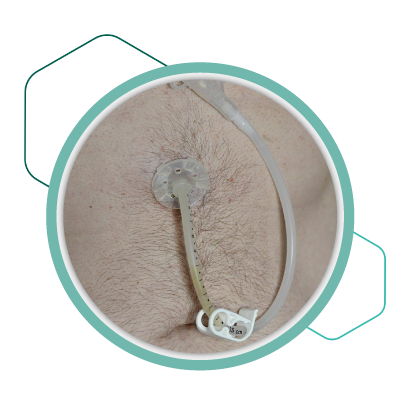
Capsule Endoscopy
A small capsule, about the size of a large vitamin tablet, is swallowed during a capsule endoscopy. Inside the capsule is a small wireless camera that captures pictures as it passes through the small intestine.
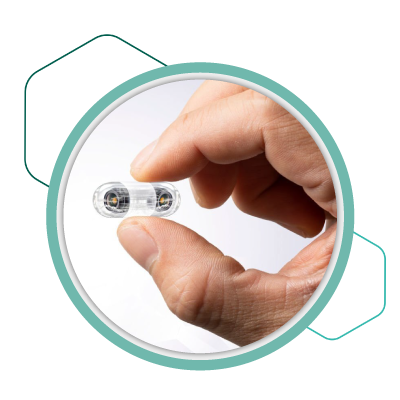
Endoscopic Polypectomy
It is the surgical removal of a polyp. Colon polyps can be removed with open abdominal surgery, but it is more often done through a colonoscopy. The doctor may cut off a small polyp with forceps or remove a larger polyp with a snare that burns through the base of the polyp.
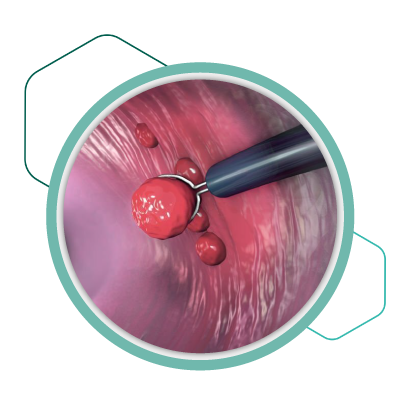
Endoscopic Foreign Body Removal
It is a minimally invasive procedure used to remove items that have been lodged or stuck in the digestive tract after being swallowed.
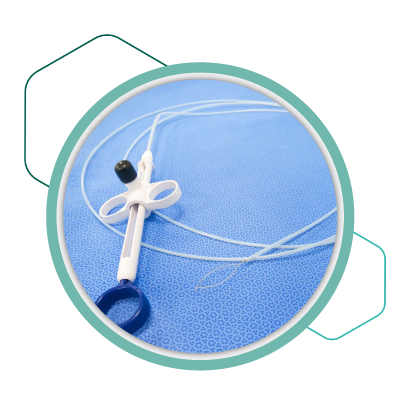
Treatment of Pancreatic and Biliary Disorders
A wide range of pancreatic or biliary disorders can be treated endoscopically or through other minimally invasive techniques. The doctor may consider more conventional surgical and non-surgical options as part of your treatment.
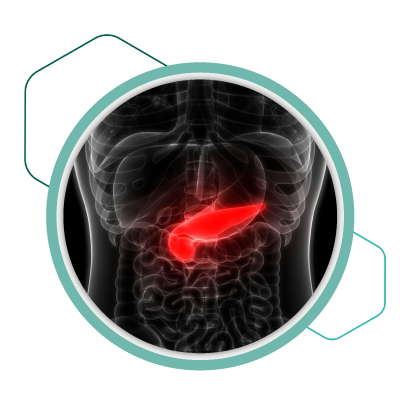
EUS (Endoscopic Ultrasound)
It is a type of endoscopy procedure that allows the doctor to check the esophageal and stomach linings as well as the walls of the upper and lower gastrointestinal tract.
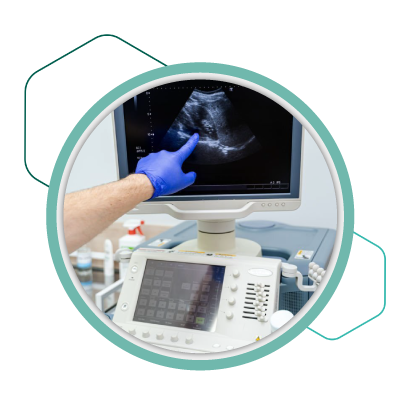
Anorectal Manometry
It is a noninvasive procedure used to examine the function of the rectal and anal muscles. It is also performed to assess patients with constipation or faecal incontinence.
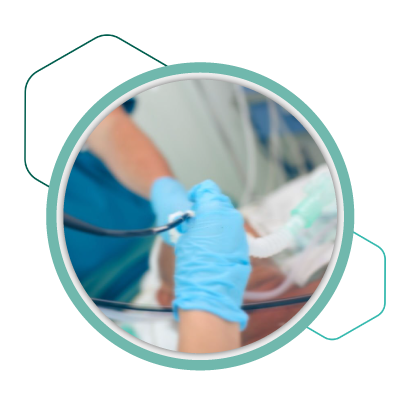
Oesophageal Manometry
It is an outpatient procedure used to detect problems with movement and pressure in the oesophagus that may lead to problems like chest pain, heartburn, and regurgitation.
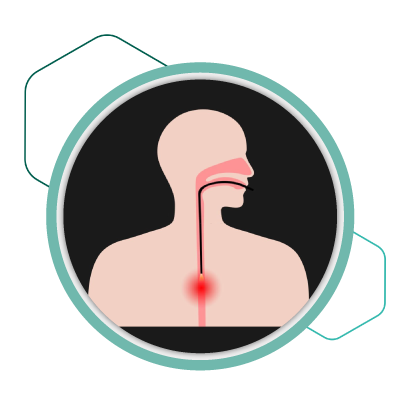
PH Studies
The procedure involves inserting a catheter (a small tube) or a pH probe into your oesophagus. Your acid level (also known as pH level) will be measured by the catheter or device for 24 to 96 hours. The test can determine whether you have GERD or acid reflux.
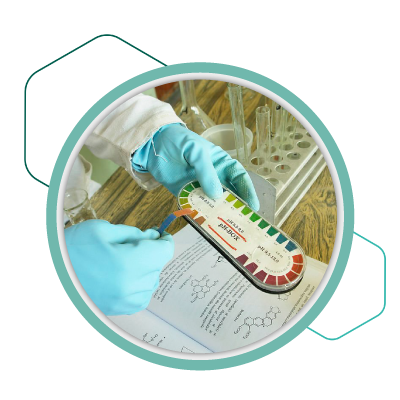
Treatment for all stomach, gut, and liver related diseases
Our gastroenterologist determines the underlying cause of disease and creates a personalised treatment plan that effectively manages and cures all stomach, gut, and liver disorders.
